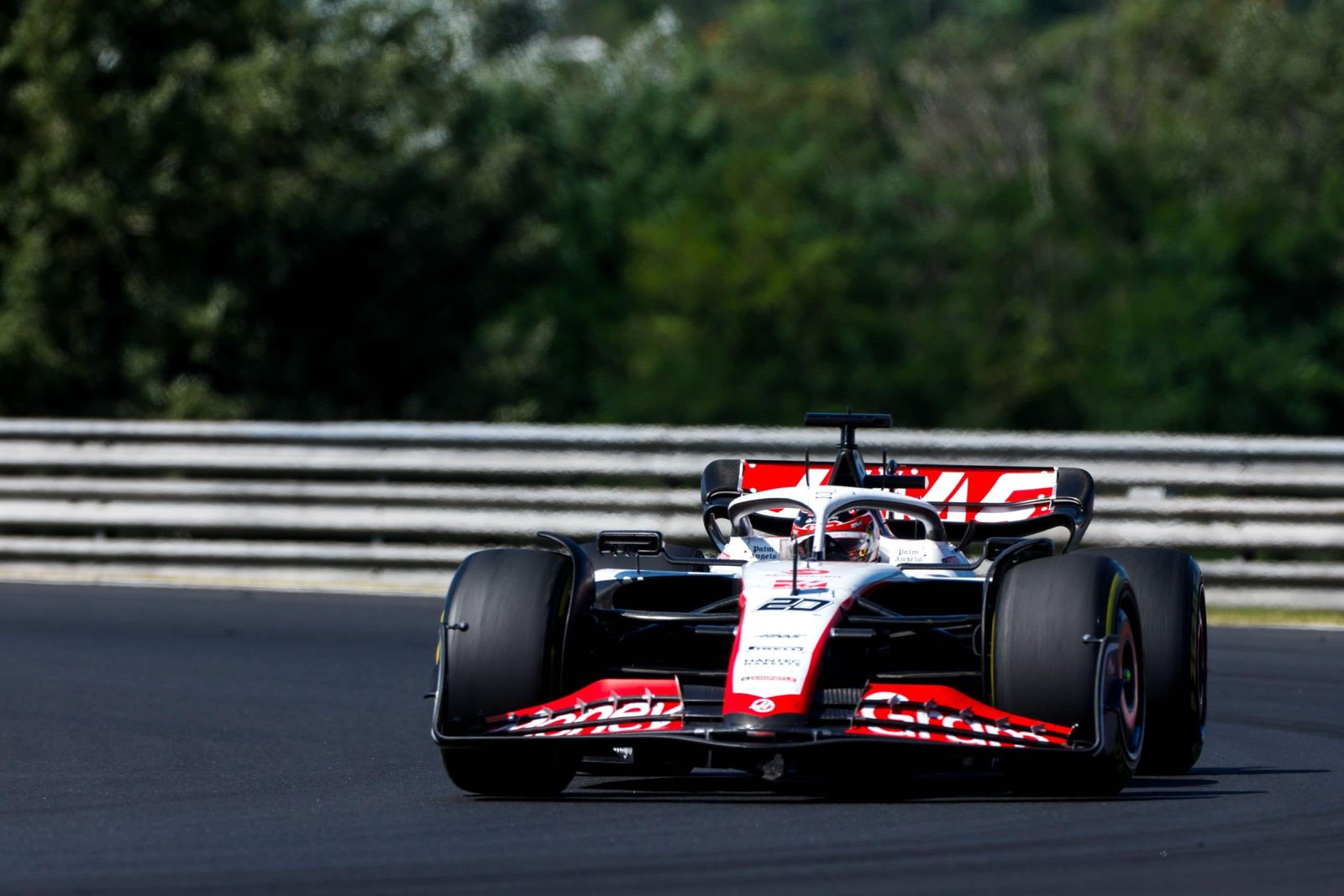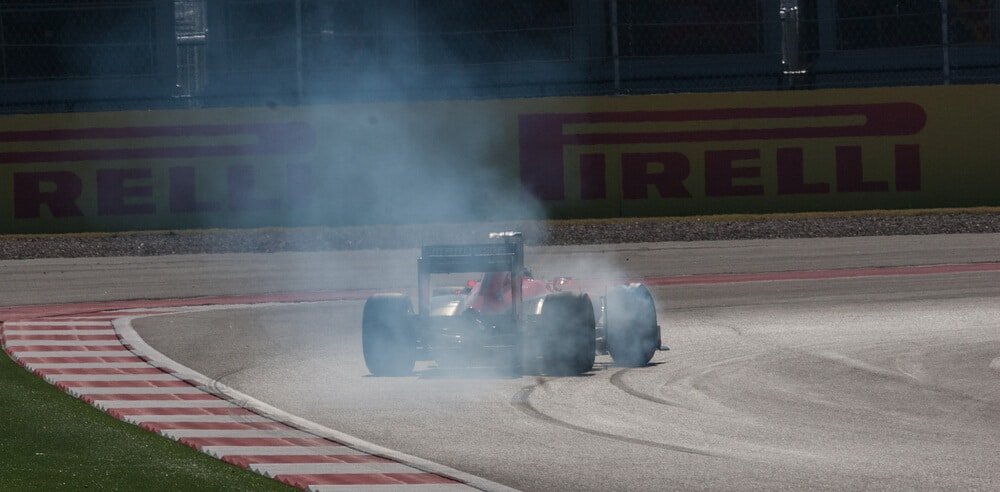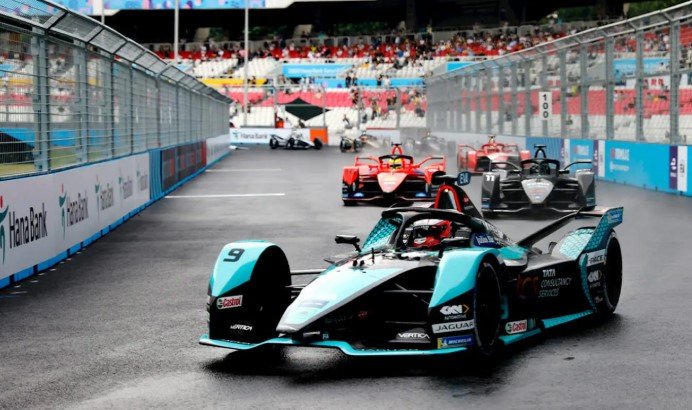When it comes to racing, especially on challenging race tracks, how to avoid oversteering on challenging race tracks is something every driver must master. Oversteering can lead to loss of control, slower lap times, and even accidents if not handled correctly. In this article, we’ll share important techniques and tips on how to avoid oversteering, giving you more control and helping you improve your performance.
What is Oversteering and Why Should You Avoid It?
Before diving into how to avoid oversteering on challenging race tracks, it’s essential to understand what oversteering is. Oversteering happens when the rear tires of your car lose grip and slide out, causing the rear end of the car to swing wide. This is most noticeable in tight corners where excessive steering or throttle input forces the car to lose balance. In such situations, the car might end up pointing in the wrong direction, which can slow you down and make you lose valuable time.

1. Smooth Steering Inputs are Key
One of the most effective ways to avoid oversteering on challenging race tracks is by making smooth, deliberate steering inputs. Jerky movements can unsettle the car, especially when you’re cornering at high speeds. The smoother your steering, the better the car can maintain balance through corners. So, be gentle with the steering wheel—avoid sudden changes in direction and always try to flow through the turn as smoothly as possible.
2. Proper Throttle Control
Throttle control plays a crucial role in how to avoid oversteering on challenging race tracks. Applying too much throttle too quickly, especially in corners, can cause the rear tires to lose traction, which can lead to oversteering. To avoid this, use progressive throttle input. Gradually apply the throttle as you exit corners, making sure the car is balanced and that the rear tires aren’t overworked. It’s important to accelerate smoothly rather than suddenly to keep the car in control.
3. Be Mindful of Braking Points
Braking too late or too hard can also trigger oversteering. If you brake too late and enter the corner with too much speed, you might overwork the rear tires and cause the back end to slide out. Knowing your braking points on each section of the track is crucial. The best way to manage this is to brake earlier, progressively, and avoid heavy braking through turns. You should always aim for a balanced braking technique that allows the car to settle before corner entry.
4. Proper Weight Distribution
The balance of weight in your car is essential to how to avoid oversteering on challenging race tracks. A well-balanced car is less likely to oversteer. Make sure your car’s suspension is set up correctly for the track conditions. This involves adjusting the shock absorbers, tire pressures, and even the distribution of weight inside the car. A balanced car will respond more predictably, making it easier to control through both fast and tight corners.
5. Use of Anti-lock Braking System (ABS)
If your car is equipped with an Anti-lock Braking System (ABS), take full advantage of it. ABS helps prevent the wheels from locking up under heavy braking, which can reduce the risk of oversteering. While driving on challenging race tracks, ABS can help maintain better control when braking hard. If you don’t have ABS, focus on modulating your braking to prevent the tires from locking.
6. Understand the Track Layout
Every race track has different characteristics—some have tight corners, others have sweeping curves or elevation changes. To avoid oversteering, it’s important to understand the layout of the track and how to approach each corner. Study the track before driving and identify where braking zones are, where you can carry more speed, and where the track tightens. By knowing the layout, you can approach each corner with the right speed, braking, and steering inputs, minimizing the risk of oversteering.
7. Keep Your Eyes Ahead
A common mistake many drivers make is focusing on the car right in front of them or looking too closely at their steering wheel. When you’re driving on challenging race tracks, always look ahead to where you want to go. By focusing on the apex of the corner and the road ahead, you can make smoother, more controlled inputs and avoid sudden corrections that can trigger oversteering.
8. Manage Tire Grip
Tire grip is one of the most significant factors when it comes to how to avoid oversteering on challenging race tracks. If your tires are worn out or under-inflated, you’ll lose grip more easily, which can lead to oversteering. Always ensure your tire pressures are correctly set according to the track conditions, and monitor tire wear throughout the race. Well-maintained tires will offer better grip, making the car easier to handle and less prone to oversteering.
Conclusion
In conclusion, how to avoid oversteering on challenging race tracks comes down to smooth driving, proper throttle and brake control, and understanding your car’s balance. By making gradual steering inputs, controlling the throttle, braking at the right moments, and staying aware of the track layout, you can significantly reduce the risk of oversteering. Always practice good driving techniques, take care of your car’s setup, and stay calm and focused on the track. With these tips, you’ll be able to tackle challenging race tracks with confidence and improve your lap times.






